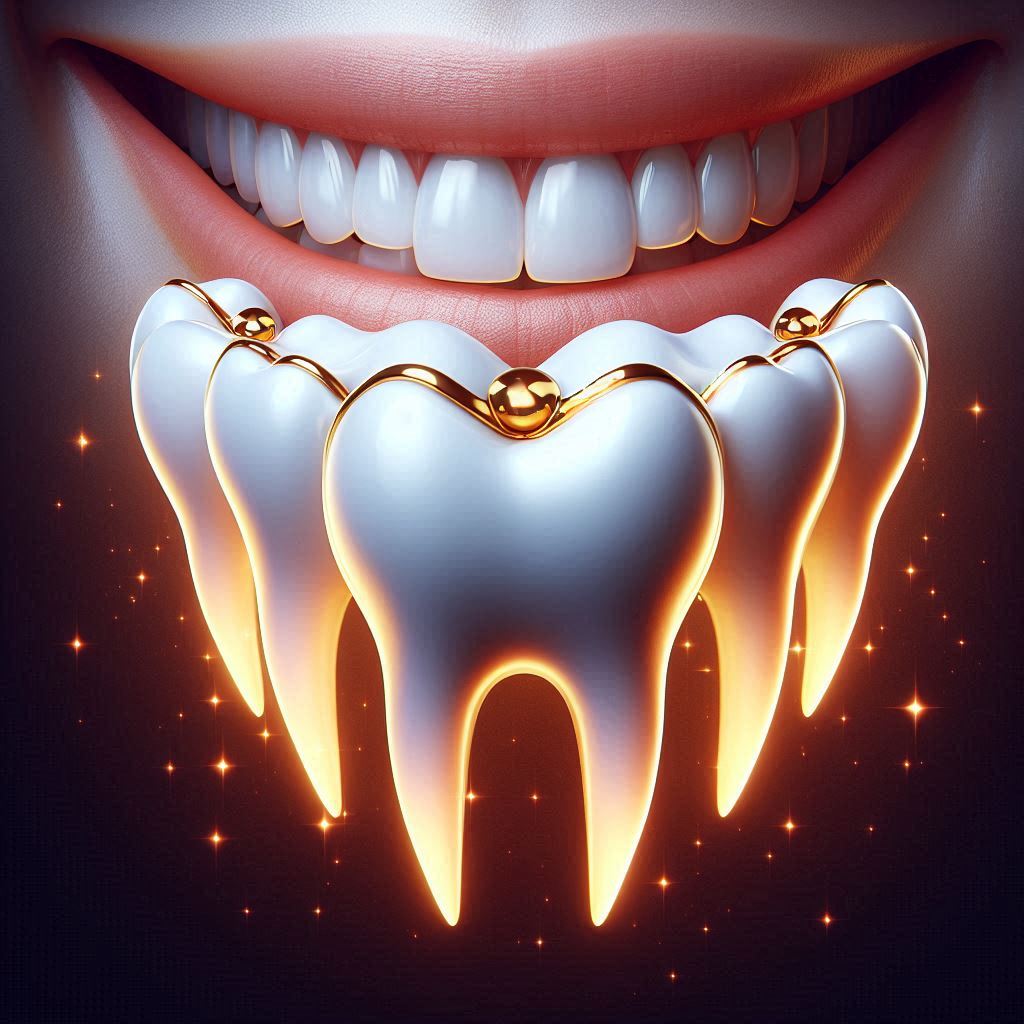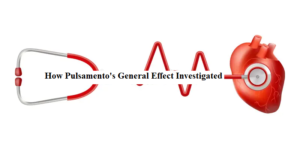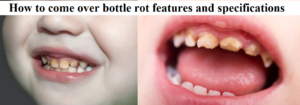A front tooth crown is a tooth-shaped cap that covers the visible part of a damaged or decayed front tooth. It is commonly made of porcelain or ceramic to provide a natural-looking result. Front tooth crowns offer protection for natural teeth, especially for patients who grind or clench their teeth. A front tooth crown, also known as a front tooth cap, is a tooth-shaped cap that is placed over a damaged or decayed front tooth to restore its structure and appearance. Front tooth crowns are a reliable solution for restoring damaged or decayed front teeth, offering both functional and aesthetic benefits. Proper care and maintenance are essential to ensure the longevity of the crown.
Why Choose a Front Tooth Crown
Front tooth crowns safeguard against additional damage, diminish sensitivity, enhance the tooth’s appearance, improve chewing and speaking, and provide long-term durability. They are suitable for teeth with significant damage from decay or trauma. Front tooth crowns can restore the appearance and function of damaged teeth, boosting confidence in one’s smile.
Front Tooth Crown Procedure
The procedure involves tooth preparation, impressions, temporary crown placement, and permanent crown placement. During tooth preparation, the dentist trims the tooth to create space for the crown. Impressions are taken to create a custom crown, and a temporary crown is placed while the permanent one is fabricated. At the final appointment, the permanent crown is bonded to the tooth, ensuring a proper fit and bite.
What Kind of Materials used for Front Tooth Crowns
Front tooth crowns can be made from various materials, each offering distinct advantages and disadvantages. When selecting a material for a front tooth crown, factors such as aesthetics, strength, and the specific dental needs of the patient should be considered. Consulting with a dentist can help determine the best option based on individual circumstances.
-
Porcelain
Porcelain crowns are known for their natural appearance and ability to mimic the translucency of real teeth.
-
- Advantages: They provide an excellent aesthetic match, making them ideal for front teeth.
- Disadvantages: Porcelain crowns may be less durable than metal options and can chip or crack under excessive force.
-
Porcelain-Fused-to-Metal (PFM)
PFM crowns consist of a metal base covered with a layer of porcelain.
-
- Advantages: They offer a balance of strength and aesthetics, being more durable than all-ceramic crowns while still providing a natural look.
- Disadvantages: The metal can sometimes show through the porcelain at the gum line, leading to a grey line, and they can chip or crack over time.
-
Zirconia
Zirconia crowns are made from a strong ceramic material that provides both durability and aesthetics.
-
- Advantages: They are highly resistant to fracture, can be color-matched to natural teeth, and are less likely to wear down opposing teeth.
- Disadvantages: Their strength can lead to wear on adjacent teeth, and they may require more tooth structure to be removed compared to other materials.
-
Gold and Metal Alloys
Gold crowns are made from a combination of metals, providing significant durability.
-
- Advantages: They are extremely strong and long-lasting, making them suitable for molars or teeth that endure heavy chewing.
- Disadvantages: Aesthetic appeal is limited, as they do not resemble natural teeth, making them less desirable for front teeth.
-
E-Max
E-Max crowns are made from lithium disilicate, a type of glass-ceramic.
-
- Advantages: They are strong, aesthetically pleasing, and can be customized to match the color of natural teeth.
- Disadvantages: More tooth structure may need to be removed compared to other types of crowns, and they may not be as durable as metal options.













+ There are no comments
Add yours